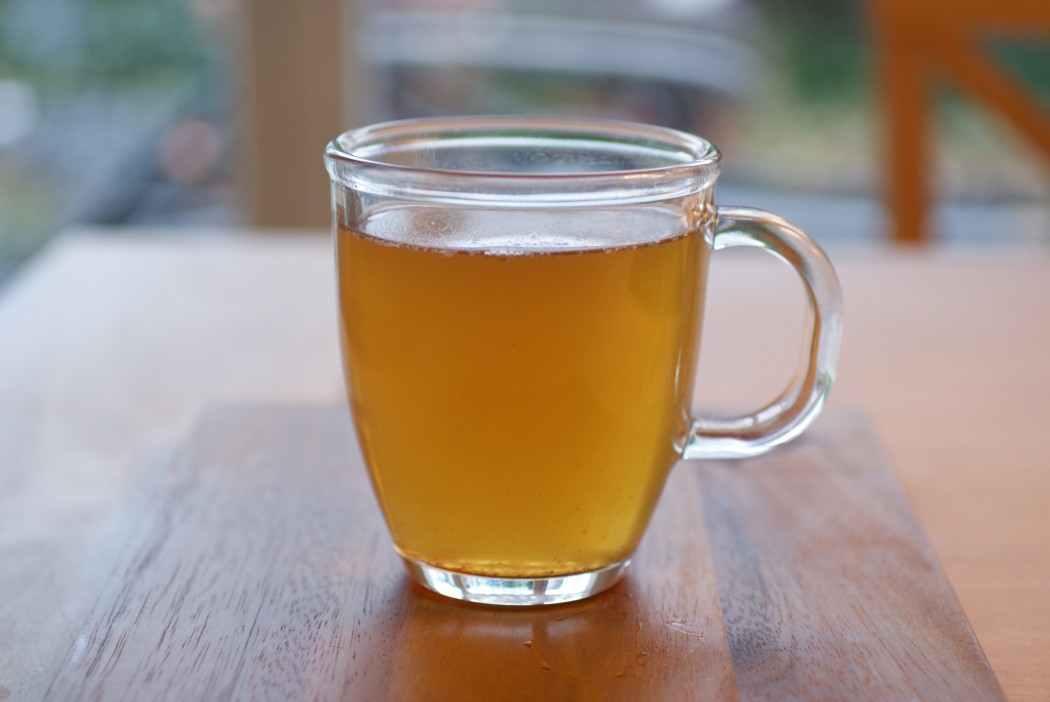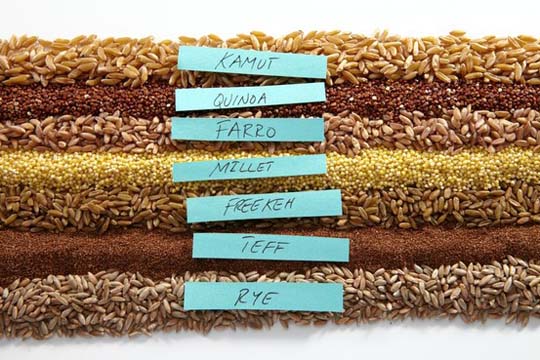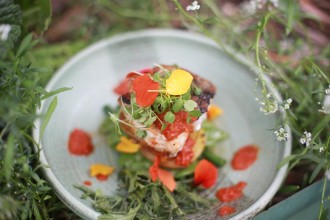Robert Drewe was only just getting his head (or his teeth) around the Kale craze, and now he finds there’s already a new kid on the block, and more, he suspects, on the way…
Poor old kale, fashionable no longer. What a shame. (I had a kale pizza by mistake in Murwillumbah recently, and I won’t make that mistake again.) And how sad that quinoa is on the way out, too, just as everyone finally learned how to pronounce it. Being a chic vegetable is no picnic these days.
These musings on the short life of food fads came to me while listening to ABC News Radio. Yes, Australians are now so driven by dining trends that the arrival of a new one makes the national news bulletins.
This particular item was about bone broth. It said that bone broth was on the crest of a culinary tidal wave. This was indeed news to me – bone broth sounded even duller than the Canberra news I’d tuned in to. But as I lag far behind in food fashions I Googled ‘bone broth’ and found it was true – t
The bone broth fad has been sweeping America, with bone broth bars popping up everywhere. Instead of office workers going for a morning coffee, they’re lining up for a cup of bone broth. And now the craze is flooding Australia.
Why, apart from us copying America as usual? Well, bone broth’s adherents claim that animal bones simmered for up to 48 hours have great health benefits. The broth is part of the trendy paleo diet and its close relative, the primal diet, which disagree about what cavemen ate (primal allows some dairy, which paleo forbids), but agree that cavemen munched heaps of bones and that their diet was immensely healthy. (Sad that they died out.)
Bones, whether beef, pork, chicken or fish, already form the basis for all broths. But it took some bright spark to emphasise their soupy role, and extend it to 48 hours. Bone devotees were quick to point out bones’ high collagen content, which they believed led to stronger human bones, glowing skin and shiny hair. They claimed that the broth’s long simmering stage meant that more nutrients leached into the liquid, improving immune function.
‘The fourth food prediction is seaweed, and who hasn’t been keenly waiting for seaweed to make the transition from sushi rolls to seaweed butter and seaweed beer?’
Moreover, bone broth, in the words of nutritionist Liz Wolfe, is: “very calmative. It’s psychological. It’s like Grandma made. It’s like a vitamin and mineral supplement in a warm, delicious package.”
As I listened avidly, the Manager of Melbourne’s popular online butcher shop Cherry Tree Organics, Kate Blundy, told the ABC that bones had suddenly become one of her most popular products, second only to mince. And butcher Kerin Ambler, from Campbell’s Quality Meats, said more and more people had started sourcing bones for broth. “We don’t throw out bones any more. We don’t have enough bones to meet demand.”
As kale and quinoa fade from foodie consciousness, and bone broth looms large, what are the other next food trends? The many online food sites all have their predictions, but I noticed five crazes that they all foresee.
Kaniwa is the first, and how annoying it is for another “super-grain” to replace quinoa while sounding almost like it, so that smart alecs who have mastered saying quinoa (keen-wa) will constantly be correcting your pronunciation. Anyway, kaniwa (ka-nyi-wa), is a relative of quinoa that also originates in South America and is reddish-brown, with a nutty flavour. High in protein and gluten-free, it can be used in salads, pilafs and soups or as a breakfast food.
The second, already popular with dieting celebrities, is an Ethiopian “super-grain” called teff, favoured in the old days by Haile Selassie and by long-distance runners today. Teff is used as a hot breakfast cereal like porridge but sounds less old-fashioned and stodgy to say.
As the kale craze wanes, the drab old cauliflower is predicted to shine. Long considered broccoli’s poor cousin, this third trending foodstuff is becoming a regular on restaurant menus, jazzed up with spices. Cauliflower steaks (and I don’t begin to understand that particular designation) are a big hit in the US.
The fourth food prediction is seaweed, and who hasn’t been keenly waiting for seaweed to make the transition from sushi rolls to seaweed butter and seaweed beer? It’s high in iodine and purportedly excellent for detoxing, so watch out for dishes which include wakame, kombu and dulse. Be the first in your dinner circle to get into the algae act.
The fifth prediction is for fermented foods, like kimchi, miso and sauerkraut, and their so-called probiotic powers. The fermentation trend is predicted to go mainstream with home cooks creating their own sauerkraut and kombucha.
I’m not sure about seaweed butter and seaweed beer. Or bone broth, for that matter. It reminds me of Stone Soup, the old folk story where hungry strangers with an empty cooking pot trick the local townsfolk into sharing their food, a clever confidence trick that benefits everyone — especially the tricksters.
Robert Drewe’s most recent books The Local Wildlife and Swimming to the Moon are on sale here: penguin.com.au






